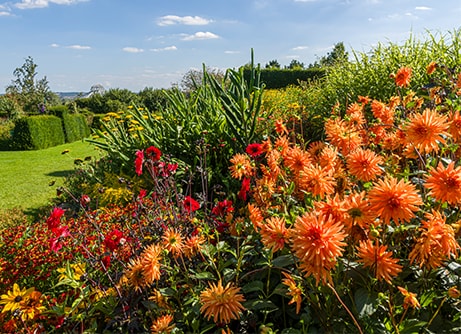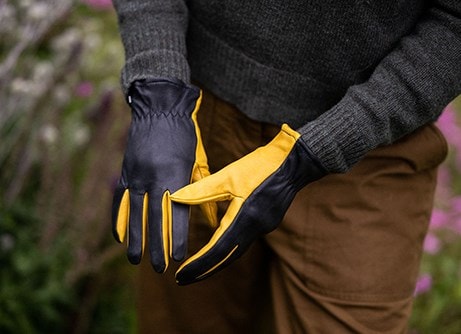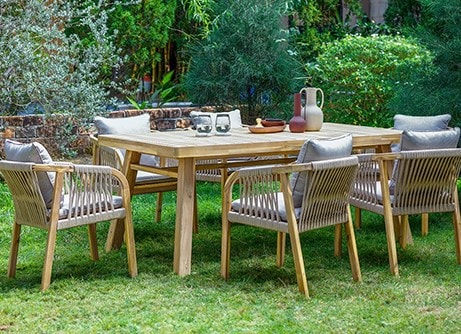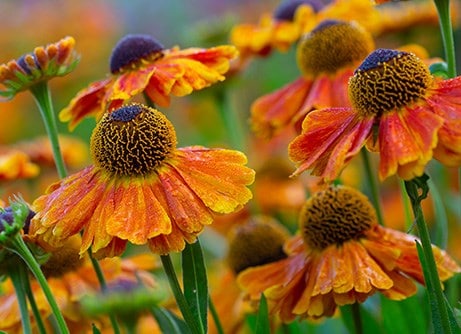Clusters of small, sweetly scented, pale pink flowers open from purple-pink buds in January among lustrous, lance-shaped, dark green leaves with yellow margins. The flowers are followed by spherical, red fruit.
Daphne odora 'Aureomarginata' thrives in a sunny, sheltered position where its handsome, variegated, evergreen foliage will brighten the winter garden. Try it at the edge of a mixed border or next to a path where its intoxicating fragrance can be appreciated.
Juvenile plants may display faint narrow margins, with maturity, these become more pronounced.
How to care for Daphne odora Aureomarginata:
Daphnes do best, and prefer to be in the ground (rather than in containers), where they enjoy a deeper, cooler root run. Best in well-drained but moisture-retentive soil that contains plenty of organic matter, they won’t tolerate drought or waterlogging.
Avoid excessive root disturbance during planting and keep pruning to a minimum since the plant is susceptible to die-back. Where necessary after flowering, lightly trim to remove misplaced branches in order to maintain a compact habit. Shelter from cold, drying winds.
Cold hardiness can be improved by insulating the roots and soil surface with a thick 5cm (2in) layer of mulch and protecting foliage from severe or prolonged frost with a covering of horticultural fleece.









